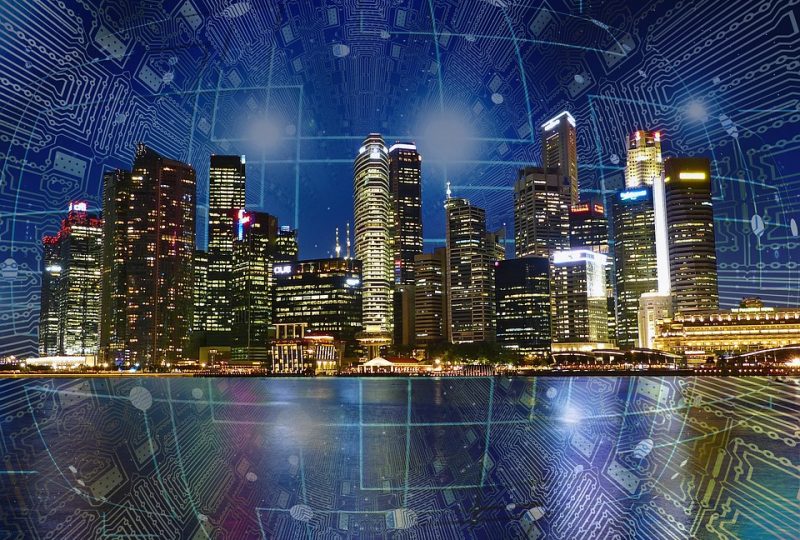Neom but not only: travel between artificial cities
1 August 2019 | Written by La redazione
The city that will rise in the Saudi desert is only the last (and most ambitious) of artificial cities

Flying taxis, glowing sand, hologram teachers and even an artificial moon. This could be Neom, the artificial city wanted by the Prince of Saudi Arabia Mohammed bin Salman, which should rise in a desert area in the province of Tabuk, near the Red Sea and on the border with Jordan and Egypt. The project was presented in 2017 but thanks to a series of documents published in recent days by the Wall Street Journal we are now aware of some more details about this new and future smart city, an industrial and technological center able to attract, according to the plans of the Saudi prince, not only tourists but also talents and professionals from around the world. Noem is the last and certainly the most futuristic of artificial cities, but it is not the only one.
Noem, the 500 billion dollars city. Unite the money and ambitions of Saudi Arabia and the technological skills of the United States: the result is a city-state of ten thousand square miles, as big as Massachusetts, a world leader in innovation and technology. Among the flying taxis and futuristic shows, the projects studied for Noem stand out the natural phenomena created ad hoc: the rain in those parts, in fact, are a rarity and to obtain a favorable climate a system is being studied to make loaded clouds appear at will. The city should host the best technical talent and form new ones, thanks to high-level schools with lessons held by holograms. But it will not only be work and training: for adventure lovers, the construction of a Jurassik Park populated by robot dinosaurs is planned. Instead, the projects concerning genetic editing to empower the inhabitants of the megacity are more controversial as well with those linked to control and surveillance. Before creating great expectations or alarms it is right to point out that Noem is only a project and many of the technologies presented in the Wall Street Journal documents are not yet available: without doubt, however, the huge possibilities of investment in infrastructure and technology make the goal of Prince Mohammed bin Salman a little more concrete.
The artificial cities. From China to the United States, there are many cities that we can consider “artificial”, that is built in modern times in areas where there were no older settlements: desert or unpopulated areas, where man has decided to build highly technological population centers or inspired, at least in part, by historical cities. The most famous today is definitely Dubai, born in the first half of 1800 became the center we know today only since the 90s of the last century. Much of the city is based on an artificial archipelago. A solution, those of the artificial islands, to which Hong Kong could also rely on, plagued for years by problems of overpopulation. The project, presented in recent months, is expected to cost 70 billion euros, with works starting in 2025. The Danish government also looks with interest at this solution: it is carrying out a project for the construction of nine artificial islands, which are candidates as a European center of innovation. All with a completely sustainable approach. But we find artificial islands also in Holland, Doha, Miami, just to name a few, testifying to the fact that this is a solution already widely practiced and widespread.
A look to the future. In 2050 there could be 9.7 billion people on the planet, most of whom are in huge cities. This scenario, highlighted by the latest UN report on world population growth, presents us with numerous critical issues: there will not only be a problem related to resources for sustenance but also space. Thus the possibility of making apparently inhospitable parts of the planet habitable becomes a necessity. Moreover, with a large concentration of people in megacity from over 10 million inhabitants, it makes the development of technologies capable of making these cities smart and performing more and more urgent. The Noem project, in this sense, can represent an interesting test, even if it presents some obscure points that must be deepened and carefully examined.





